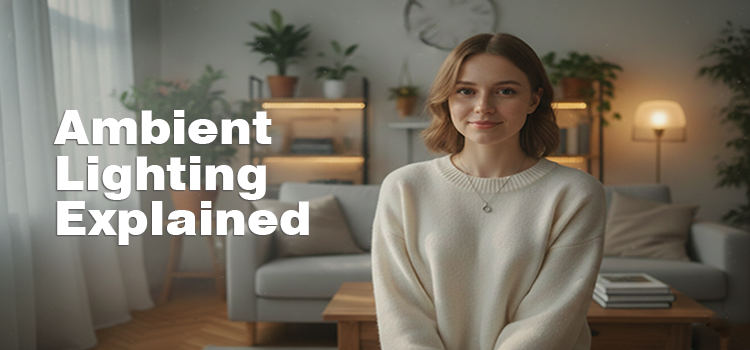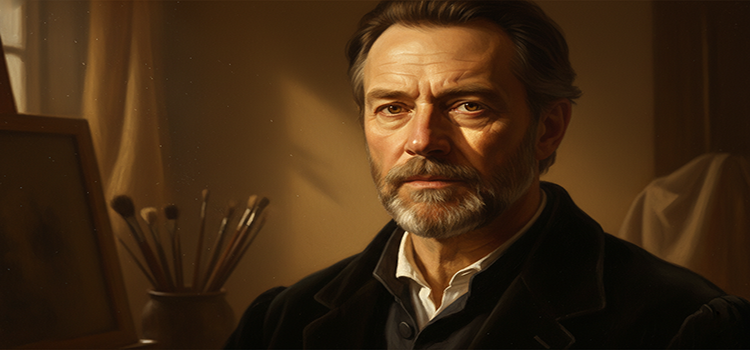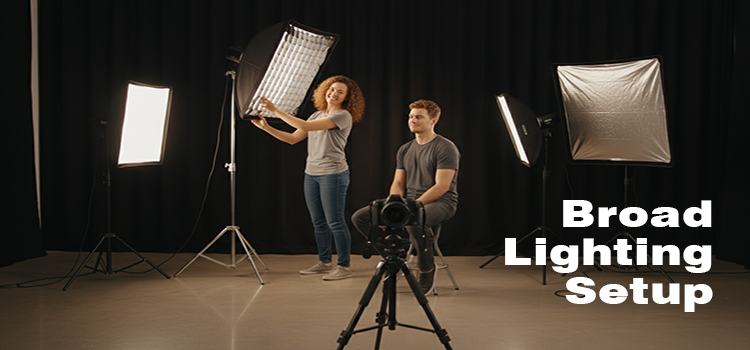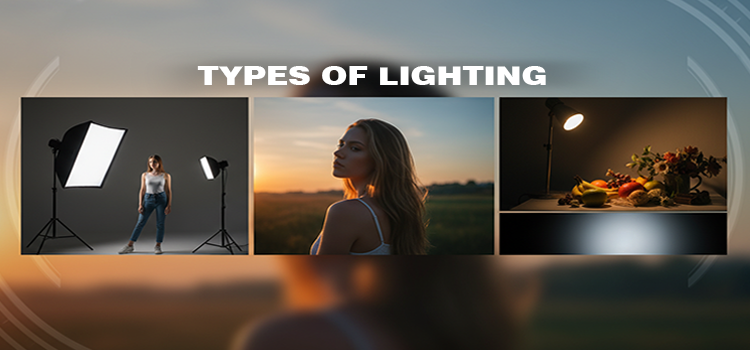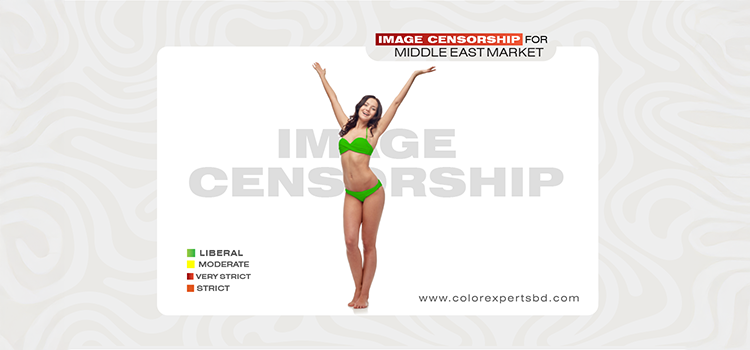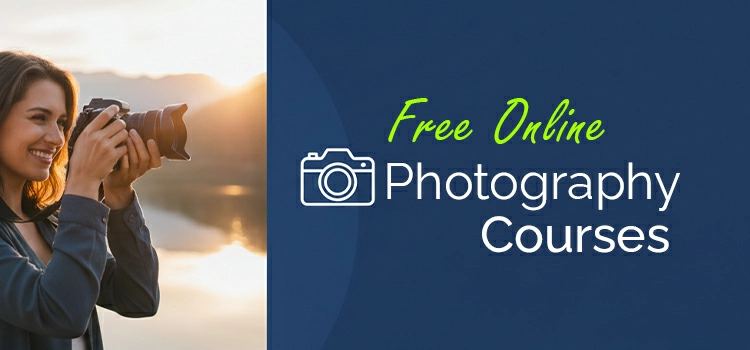Event Photography Gear and Settings in Focus

Event photography is an on-demand genre of professional photography worldwide, but it demands specialization in gear and settings to come off. To help you specialize in event photography equipment and settings, we have put together actionable tips in this write-up.
No matter whether you plan to shoot indoor or outdoor event photography, you will get helpful tips and guidance from here. Read on to transform your current shoddy event photography into a supreme one with proven tips.
Equip the Essential Gear for Event Photography
First and foremost, you need to get your gadgets ready to ensure success and attain the kind of image quality that your client asks for. Having the right camera, suitable lens, flash kit, and other necessary tools plays a major part in the output of your event photography.
Camera

Camera, of course, is an indispensable kit for your event photography. You must make the right choice of your camera body to keep up with the action in any event. While picking a camera for event photography, you have to keep a number of factors in mind.
Make sure that your camera can manage low-light conditions perfectly. Plenty of events take place indoors and at night, so your camera needs to have kickass ISO management.
Your camera also requires an image sensor that captures a considerable amount of detail. This is one of the vital camera parts you shouldn’t skimp on. A full frame sensor will assist you in low light and a high mega-pixel account will allow you to crop more in post-production.
Finally, you want a camera that’s ergonomically comfy enough to carry for a long period. As an event photographer, you will find that you barely keep your camera at rest.
Lenses

Once you have the right camera, your next step is to select appropriate lenses. Lens quality is an important consideration as lenses create a critical part of the image quality equation. There isn’t any point in having the best camera in the world if you have an awful lens.
To have sharper image quality and wider aperture, you can go for a prime lens. The wider the aperture, the better as it allows for more light hitting the camera sensor. A lens with an aperture of f/1.4, f/1.8, or f/2.8 is ideal for event photography.
If you choose to shoot with a prime lens, we would recommend a wide lens, so you can cover more of the event context. Wider lenses are also perfect for group shots and clicking the scale of the event. The focal length of the wider lens can be around 24mm or 35mm.
And, if you’re looking to snap tighter compositions such as couple portraits, we would suggest a prime lens for them as well. A lens that’s between 50mm and 85mm is perfect for this type of image.
If zooms are your cup of tea, you would like a lens with a wide aperture and a focal range between 24mm – 70mm. Longer lenses are obviously handy for capturing subjects that are further away, such as in fashion photography, where the stage may restrain you from approaching the models.
Suggested Article–
Lighting

It’s pivotal to remember that in photography, light is your companion! But if you’re working in a dark event space or outside at night, the presence of light will be little. To navigate this, you have to leverage a quality on-camera flash.
This on-camera light or speedlight will pulse a burst of light when you take a photo. This radiation will add lighting to your composition so that the camera sensor can capture the detail.
Bear in mind, the worst event photos feature washed-out guests and horrible shadows due to poor flash use. Leverage a flash diffuser and point the flash at the ceiling where possible to bounce the light down.
Accessories

Now that you have the salient triad of camera gear ready for your event, but there are a few other bits and pieces you need to nail your event photography.
To make the job easy, you can have a quality bag that suits the environment you’re working in. Appearing in an event like wedding with a massive hiking backpack is not advisable. Pick up a slim line sling bag that won’t get in the way or bang into guests.
Alternatively, you can go for a camera strap to hold your camera. A great range of camera straps are there to support your camera comfortably over your shoulder or neck.
Shooing for several hours will drain your batteries. So, carry as many spares as you have, a battery bank or even fitting a battery grip to your camera will save the day. The same goes for memory cards, so make sure you have plenty of them.
Suggested Article–
Nail Camera Settings for Event Photography
Camera settings are crucial to understand but it’s not something that you have to practice over and over. It’s pointless to show up in an event if you don’t know your camera settings.
It’s also vital to grasp that one camera setting does not do it all. Rather, you have to master all the setting options to make things work.
Shutter Speed
Your shutter speed dictates how long the camera shutter will remain open to allow light to hit the sensor. Obviously, it’s important for event and concert photography where lighting changes.
Should the shutter be too fast, not sufficient light gets in, but you’ll get sharp images. If the shutter is too slow, you will get enough light, but you’ll capture motion blur. Bear in mind that slow shutter speed photography can be used as a creative effect.
For event photography, you would like to shoot groups, individuals, and activities as they unfold. But you have to be fast as often guests will be in the middle of something when you stop by to take a shot.
We recommend starting at 1/125 and going up to 1/250, that way you will be allowing light in but also freezing the movement.
Aperture
A wide aperture, such as f/1.4 or f/2, lets more light get in but results in a shallow depth of field, or a ‘bokeh background‘. A narrow aperture such as f/8 or f/11 limits the amount of light but results in more in-focus content.
If you intend to shoot events in darker settings, you’ll want to use a wide aperture. Just look for lenses that deliver a super thin depth of field.
A wide aperture is cool for couple shots, groups of people, or for standing back to shoot a broader scene. When you need more in-focus content, set your aperture to f/4 or f/5.6.
ISO
ISO is a camera function that controls the sensitivity of light hitting the camera sensor. It can be of great help in allowing more light into your camera and compensating for having to deploy a narrower aperture or faster shutter speed.
Be aware that overly high ISO can result in ‘noise’ appearing in your images. Too much noise can botch a perfectly good photo. We suggest starting at 1600 ISO and then dialing up or down from there.
Continuous Shooting
A useful function for event photographers is continuous shooting, also known as burst mode. In this mode, your camera will capture several images with a single press of the shutter button. This will allow you to select the best of the captured ones.
However, you have to be circumspect about the storage as continuous modes load memory cards faster and deplete batteries at a blazing pace.
RAW
For event photography shooting, you should always go for RAW mode over JPEG. RAW image files retain nearly every bit of detail that the camera sensor captures. Contrarily, JPEGs store far less info.
The best aspect of RAW files is that you have far more scope to gather details out of dark areas and soften highlights in editing software like Photoshop. This is definitely conducive for event photographers when their photography turns out underexposed but needs to be salvaged for clients.
Indoor Event Photography Tips
When you take event shots indoors, you can’t shoot haphazardly as that will abort your effort. You must know everything related to indoors, including lighting, direct flash, tripod, and the other nitty-gritty.

How to Take Indoor Photography?
Unlike outdoors, indoor photography will have dimmer light. Sometimes, you will shoot during the day indoor and may have natural light getting in from windows and glass doors. It may be helpful sometimes, but not always.
Most of the business events take place at night, so that means they are mostly in low light condition.
While photographing indoors, event photographers have limited options. One option can be on-camera speedlights. You can carry two cameras and both should be set up identical barring the lenses, both should have flashes attached.
If you are an amateur or semi pro, you can leverage any camera equipment you have with a sound and reliable flash unit. Indoors photography can be tricky sometimes to balance with strong natural light from outside. Not only the light intensity, but the kelvin (color temperature) is tough to balance.
Should You Bounce or Direct Flash?
Bounce light
You may have a function room with a low white ceiling indoors. If it’s lower than 4-5 meters, you can bounce a flash off a low ceiling as it will give you soft and flattering light. Bouncing flash from a neutral color ceiling also assists in blending with the ambient light and the artificial light.
Generally, flashes come with around 5100 kelvin. If the room boasts warm indoors lighting of 2700 kelvin, balancing this in post-production will be time consuming. Bouncing will blend the two pretty well.
Direct Flash Lighting for Event Photography
Another strategy is to deploy your speed light pointing straight at the attendees in the event. If that’s your only option either because a low ceiling is unavailable, or the ceilings are black indoors. Bouncing of a wall is hardly going to work in large rooms.
You can sometimes use a diffusor on the flash unit, other times you can blend the ambient light with artificial. It takes a lot of practice to do so but when you do it perfectly, it captures the look and feel of the room.
Excessive flash light up close can sometimes turn the low light room into a black look and then your photography will be without any context.
Should You Deploy a Tripod for Event Photography?
Using a tripod is another way to shoot good photos in low light indoors. It will allow you to take detailed shots in the room ambience and displays.
Mono pods can easily be moved around and help keep the camera stable if you set a very slow shutter speed. You can even notch up some cool effects by using a long shutter speed with a flash for a room full of people.
How to Take Better Event Low Light Photos?
If the room has overly yellow/orange light, go for an orange gel or diffusor on the speedlights. If you don’t, you will run into all sorts of issues when doing your post-processing. You wouldn’t want people in the foreground to look yellow-tinged while everyone behind them has a blue color cast.
Do a room walk-through checking not only the indoor light intensity but also having a look at the temperature/color cast and its directionality.
Low-light photography can be a little daunting at first when you have minimal experience but by going through a short checklist of these tips, you will be well on your way to mastering low light indoor photography.
Mastering Outdoor Event Photography
Like indoor photography, you have to underline certain factors in outdoor event photography too. Here, you have to focus more on natural light and background to nail your shots.

Deploy Natural Light
Outdoor settings allow ample natural light in your shots, but timing is key. Early mornings and late afternoons offer softer light that can spice up your subject and make it look more natural.
Harsh midday light can create issues like overexposure and hard shadows, which are not flattering for most subjects. Always try to plan your shooting schedule around these factors for the best results.
Be Watchful about the Background
Backgrounds play a salient role in outdoor photography. Unlike indoor settings, outdoor events offer a wide range of backdrops, from buildings to nature. Always aim for backgrounds that complement your subject, adding to the scene rather than deflecting from it. Avoid overly cluttered backgrounds, as they can transform the photos into messy looks.
What to Shoot in Event Photography?
Now, let’s focus on what to snap and provide some photography tips for excelling in your event photography. Here’s a list of what to click during events.
What does the Client Need?
What you should capture for event photography will vary depending on your clients and their needs. For instance, some clients will want you to focus on certain individuals at the event. Others will want your focus to be primarily on decor and detailed photos.
That said, the must-have photos for event photography will count primarily on the end usage for the client. The images can be for a press release or for a company website.
They can even be to capture the fun and candid moments of a company party. Be sure to ask the right questions and pick up what your client wants before the event.
Even the most elegant, artistic photos can prove useless if they don’t serve the purpose, and hiring an event photographer is also a waste of money.
Candid Moments
Clients commonly request that event photographers shoot natural and candid moments of the event. For capturing these, try to anticipate moments based on your understanding of each part of the event. Again, staying aware of what’s coming will assist you to be always ready.
Hunt for laughter, hugs, tears, and other special moments. Then, properly position yourself for success in the right place at the right time. These types of moments fall under the photojournalism genre, which you should pick up and practice prior to your paid event photography job.
You may also read: What is a Candid Photo?
Group Photos
Group photos are a mandatory part of event photography. Plan these shots upfront, making sure everyone is in the right place and smiling. Here are the different types of group photos you may be requested to capture:
Grip and Grins – These photos are of voluntary groupings of people. For these types of photos, you will walk around the event and take pictures of random groups of people.
Standard Group Photos – These photos often feature symmetrical posing and subjects eyeing the camera.
Editorial Group Photos – These posed photos typically feature more creative and editorial posing. These will take more time to set up but can be more exciting.
Often, event photographers will take detailed and decorated photos without any event guests or staff in the images. Timing is a crucial factor for these photos, as they need to be taken in the short time frame between the moment when the decor is finished and the moment the guests show up.
Detail and Décor Photos
One useful tip for shooting these photos in a timely fashion involves shooting in sequence. Start with closeups and then work out to wider angles. The reason for this is that staff usually work right up to the point that the doors open, and guests make their way.
Obviously, this thing can complicate things for event photographers. It’s convenient to focus on smaller sections while more staff are present.
Then, once you’re all set to capture the full room shot, humbly ask others in the room to step out for a minute and get the shot just before the guests appear. This is common practice for 2nd shooters at weddings as they’re typically in charge of capturing decor photos.
Challenges of Event Photography
Like all types of photography, event photography involves some hurdles to overcome and for that, you have to keep an eye on certain factors.
Lighting
Lighting in photography can make or break a photo. Leverage natural light whenever possible, but also be sure to bring an on-camera flash as well to use as needed. If the venue allows for an off-camera flash and flash stand, bring them as well for more control over the angle of your lighting.
Space to Move
For many events, you must be equipped to work in tight spaces. Only bring the gadgets and gear that you need. Also, consider different ways to create a smaller footprint, such as using a monopod rather than a tripod.
Ideally, you should also choose a secure event location with enough space to store your extra or backup gear.
Be Confident and Outgoing
It’s a massive challenge for many event photographers to shoot people confidently and sportively. If you’re naturally introverted, you have to practice and get out of your comfort zone.
However, once you gain some experience under your belt, directing and interacting with your subjects will no longer be scary or intimidating.
Don’t Forget to Touch up Your Event Photos
Professional photo editing and retouching must be included in your work. You can’t guarantee flawless event photography even if you are apt in your job. Editing your photos is a must to customize the photos as per clients’ requirements.
Always remember to edit your photos the same way for every event to maintain consistency.
If you are not sure how to do it, get suggestions from professionals or attend a workshop or online course where you can find more information on how to edit your photos in Photoshop or Lightroom or using photo editing software like Adobe Photoshop.
Buckle up for Your Next Event Photography
Event photography requires plenty of formality, so you have to be extra meticulous while doing the job. Choosing the right camera & gear along with having an idea about proper camera and gear settings means your job is half done.
The remaining half you have to nail with your event photography chops, knack, and years of experience that you gained.


